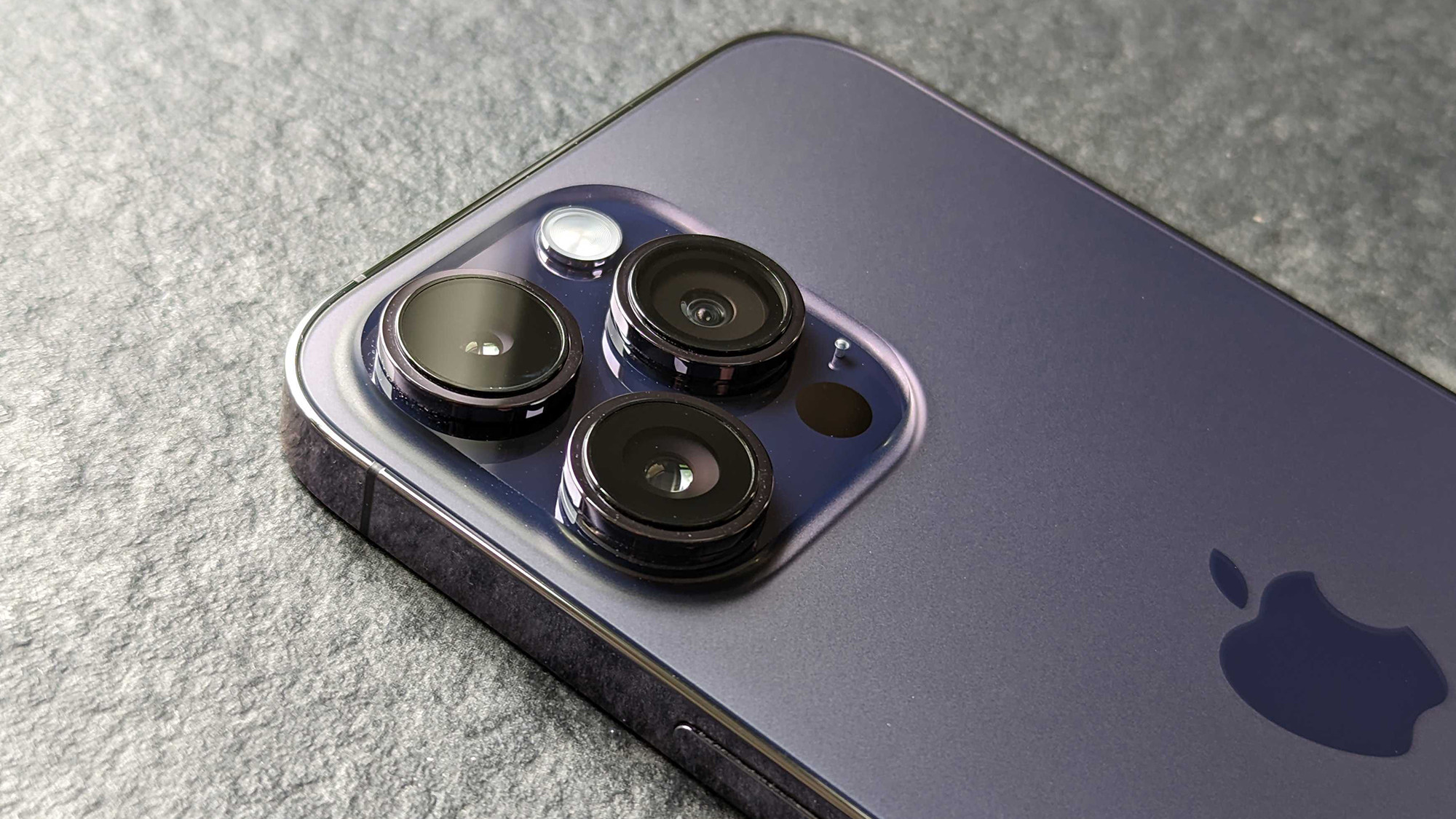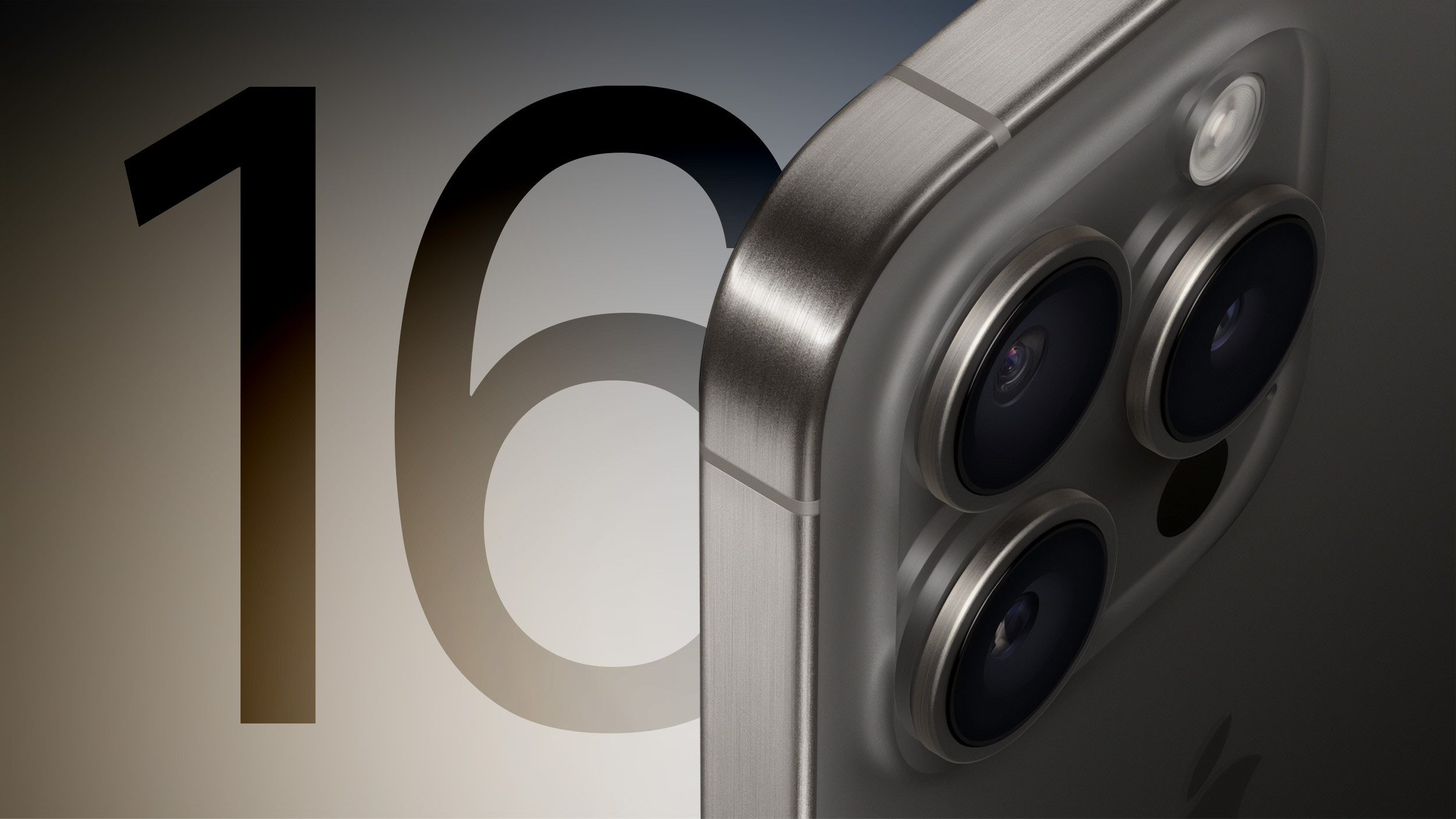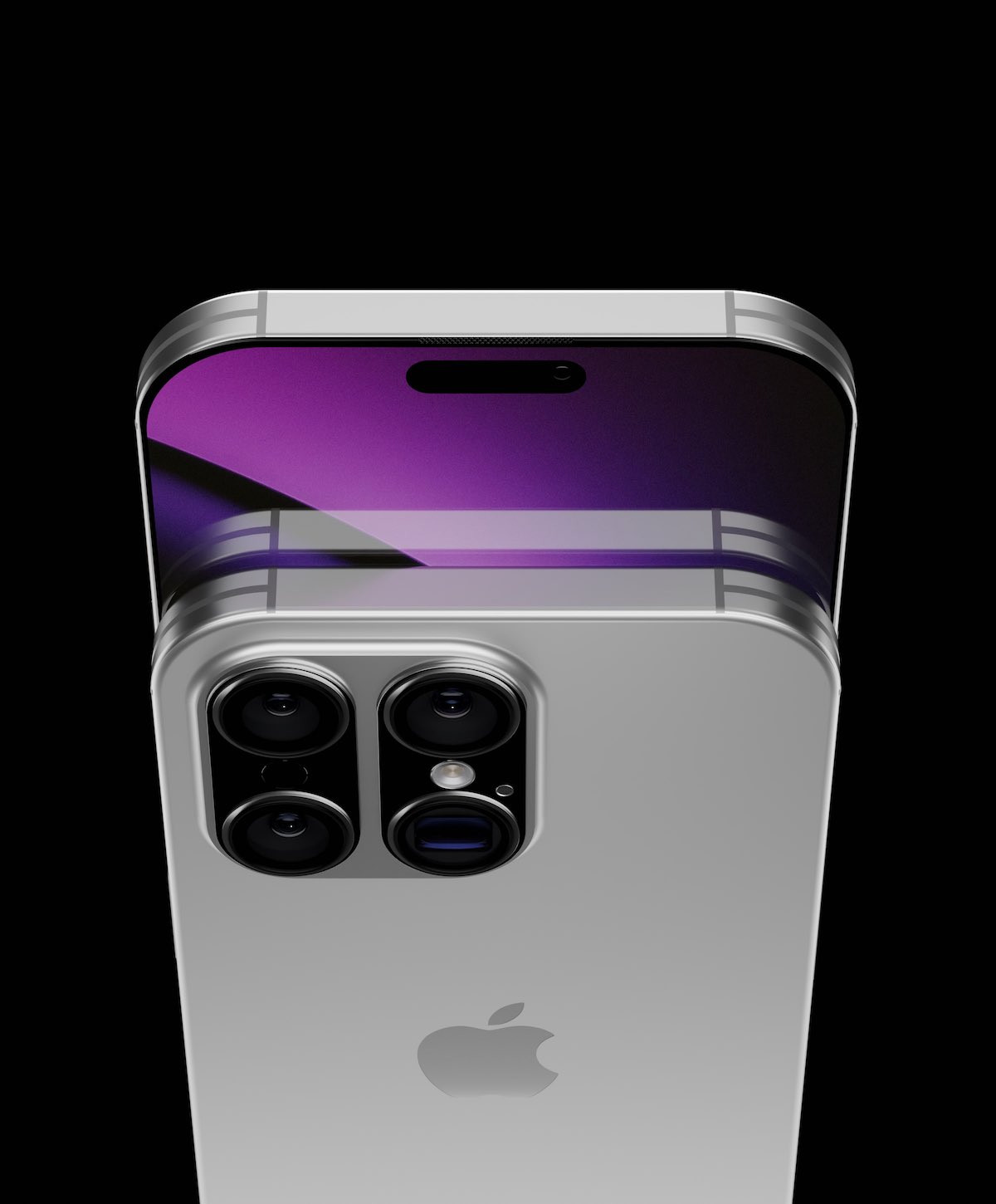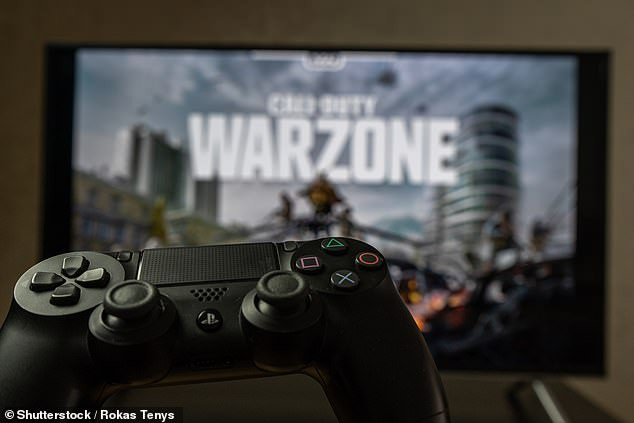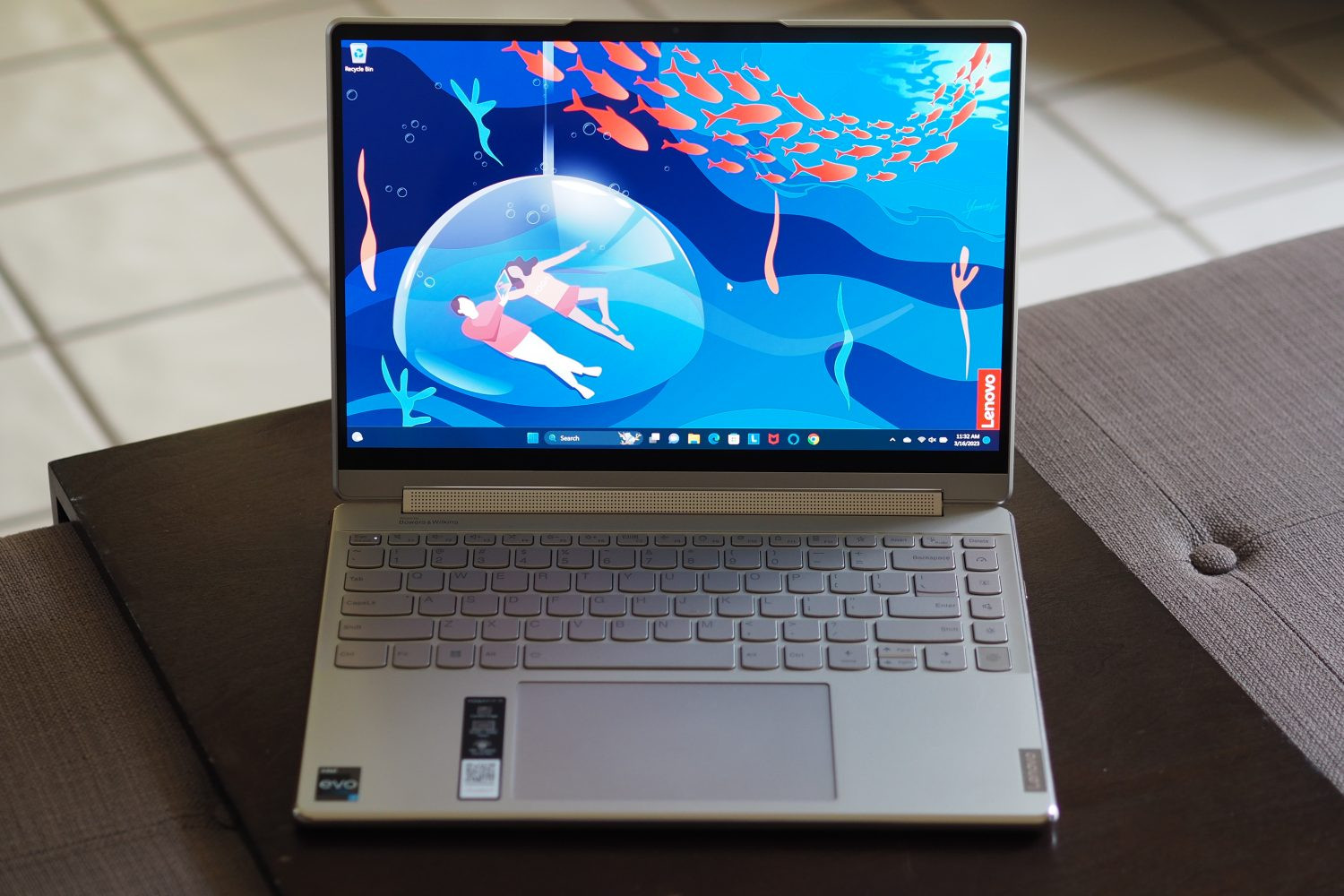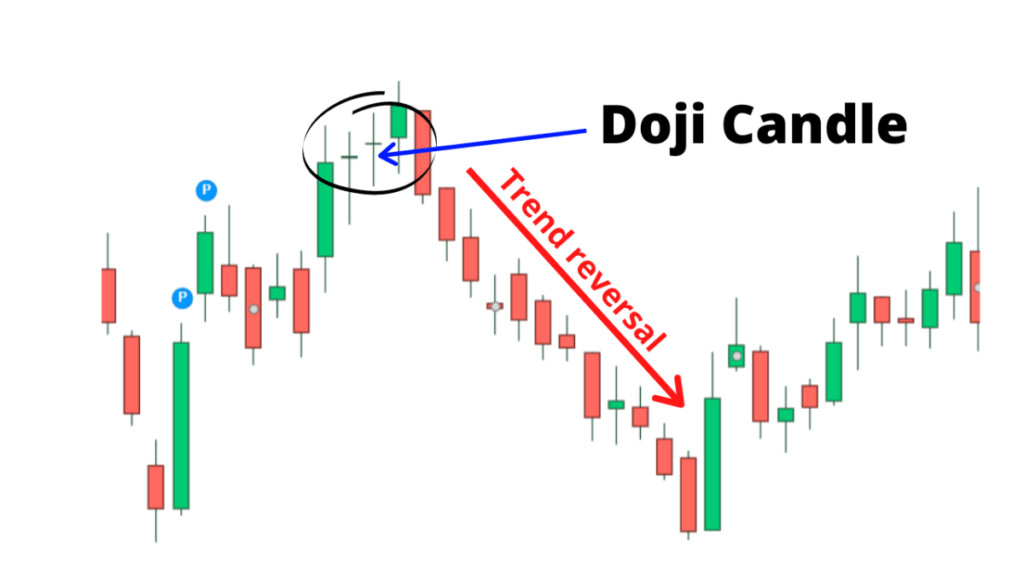Apple's New Camera Button: A Subtle Nudge Towards Spatial Video
With the launch of the iPhone 16 and iPhone 16 Pro, Tim Cook and his team have introduced a new hardware feature that will benefit the millions of users looking to buy the new iOS smartphones. And they might not realize how useful this change will be for many years.
Mounted beside the lower left-hand side of the iPhone’s display, the Camera Button can trigger several features, including opening the camera app and taking a picture, starting to record video, toggling camera features, and select a zoom level.
It also serves a more subtle purpose, one that might take time to become apparent to users. It’s a sneaky push to support the Apple Vision Pro.
As part of VisionOS, you can play back Apple’s stereoscopic video format on the Apple Vision Pro. These Spatial Videos are recorded on your iPhone but have previously been limited to the iPhone 15 Pro and 15 Pro Max thanks in part to the layout of the main camera and its two lenses that sit next to each other when the iPhone is held in landscape mode.
While the iPhone 15 had a diagonal arrangement of its two camera lenses, the iPhone 16 moves to a vertical arrangement… or a horizontal arrangement when held in landscape. Which is perfect for Spatial Video recording.
You might not be able to play them back in 3D on your iPhone, but if you pick up an Apple Vision Pro headset (or perhaps a second Vision headset at a more attractive price point in the future), your recorded memories will be waiting for you in three glorious dimensions.
And you’re more likely to hold your phone in landscape mode if you need to reach for a brand new Camera Button with its one-handed controls. It’s a subtle nudge from Apple to help users record spatial video for “a magical moment that only Apple can deliver” in the future.
What's New with the iPhone 16 Pro Cameras?
Apart from the obligatory longer battery life, slightly faster (15%) A18 Pro processor, slightly more durability, new case colours, slightly larger physical sizes (6.1" vs 6.3" for the 16 Pro and 6.7" vs 6.9" for the Pro Max) and more AI incorporated into the IOS – what we really want to know is how much better are the photo and video features.
The Cameras
The new lenses, or as Apple rightfully calls them 'cameras' – have all been upgraded, with the Standard, and now the Ultra Wide lens both being capable of 48MP images. It's interesting to note that both the 48MP cameras have what are called a Quad pixel sensor, something that we hoped may have been available in professional mirrorless cameras released this year. The breakdown of each cameras are:
- Standard camera: 24mm f/1.78 48MP Quad pixel sensor with second-generation sensor-shift OIS and anti-reflective coating. It has a 2X telephoto to deliver 48mm focal length images.
- Ultra Wide camera: 13mm f/2.2 48MP Quad pixel sensor which doubles as a macro lens.
- Telephoto camera: 120mm f/2.8 12MP with 5X zoom.
I'd bet a lung that next year the Telephoto camera will be also be 48MP.
The Camera Control Button
There is a lot of fanfare around the new added multi-purpose, touch-sensitive, haptic feedback button (something available on many android phones for a while) called Camera Control which is located on the right hand side of the phone, and allows the user to rapidly access what they would call 'professional features'. One press launches the camera app, click again to take a photo. If in video mode – you can click to start recording.
A light press opens controls like zoom. With a double light press you can select another camera function such as exposure compensation, depth of field, different real time LUTS or photo filters. Then by sliding your finder along the button, you can also change the settings within each different function. At time of press, there is currently no mention of what the aperture, shutter or ISO range is, though images shared on the Apple website have images with ISO's as low as 16 and shutter speeds of over 1/11,000.
Additionally, in video mode you can use the Camera Control button to access different grid overlays such as Social Media, rule of thirds and directors viewfinder.
4K 120fps ProRes video
Another interesting upgrade that is enabled by the brand new A18 Pro chip, is the ability to capture 4K footage at 120fps – and then play it back in standard err normal-mo (30fps) or slow it down to super slow-mo 120fps. You can also capture the 4K120 in ProRes and Log directly to an SSD using a cage rig, or by just gaff-taping the SSD to the back of the phone.
Sound
Sound wise, it has four new 'studio quality' mics for more clarity and the ability to hone-in on picking up different elements in a scene you may be recording, such as filtering out background noise to hear a speaker more clearly. You select the mix and adjust the intensity to get the sound you want after video capture.
Will the iPhone 16 Pro Revolutionize Professional Photography?
So with the impending release of the iPhone 16 Pro and Pro Max, and judging by Apple's in-house media, these latest phones seem very capable stills and video cameras in their own right. With the right light, they can deliver quite stunning Apple ProRAW still and ProRes footage, as well as creating spacial photos and videos (i.e. 3D) that can be viewed with the new Apple Vision Pro headsets. So should professional image makers be worried about these 'pro' cameras in the hands of their clients?
We all know that delivering great content requires a lot more than just having a good camera. And these phone cameras biggest weakness are the physical limitations of their tiny sensors, which lead to noisy high ISO and the inability to freeze movement in low light.
However, with the seemingly insatiable demand for timely video content on social media, these devices are the go-to tool for quickly capturing, editing and sharing footage all in the one package – something that traditional camera manufacturers are increasingly trying to emulate with their own phone apps.
The Future of iPhone Camera Technology
The wrap So there we go, another year, another bunch of iPhones. It doesn't seem like Apple is running out of ideas on how to improve image capture functionality, though without actually creating larger sensors, it's hard to see where they can go from here in terms of the limitations of physical camera / hardware based image quality vs computational photography. Would they ever make the phones slightly thicker and recess the sensors further into the phone body to increase the distance from lens to sensor, thus allowing for larger sensors? Probably not, but time will tell.
Both iPhone 16 Pros are available for preorder and will start shipping / be available in store from 20 September. Starting prices are from $1,799 (128GB) for the iPhone 16 Pro and $2,149 (256GB) for the iPhone 16 Pro Max. You can read more about the phones on the Apple AU website.




